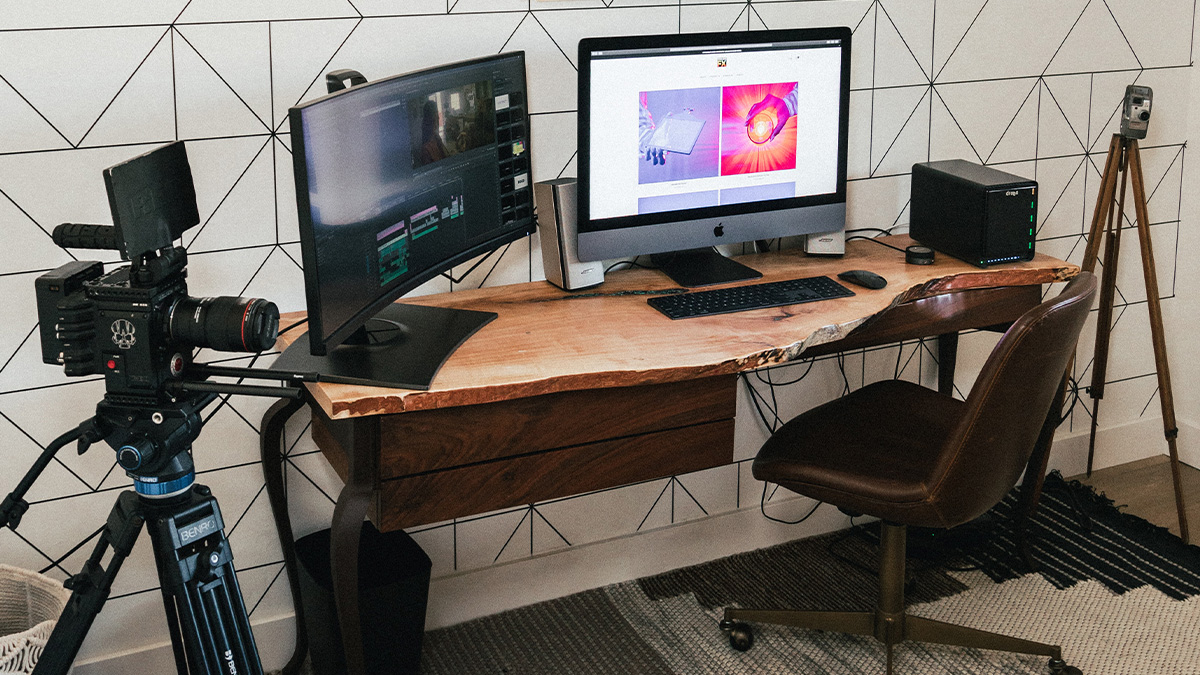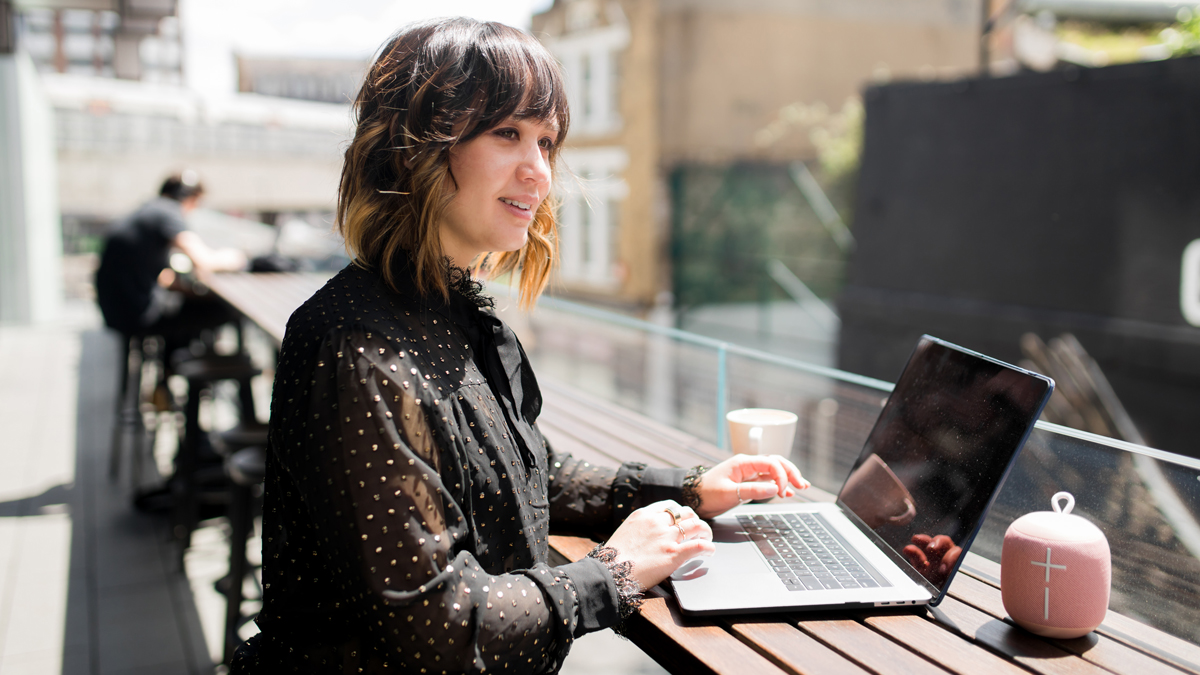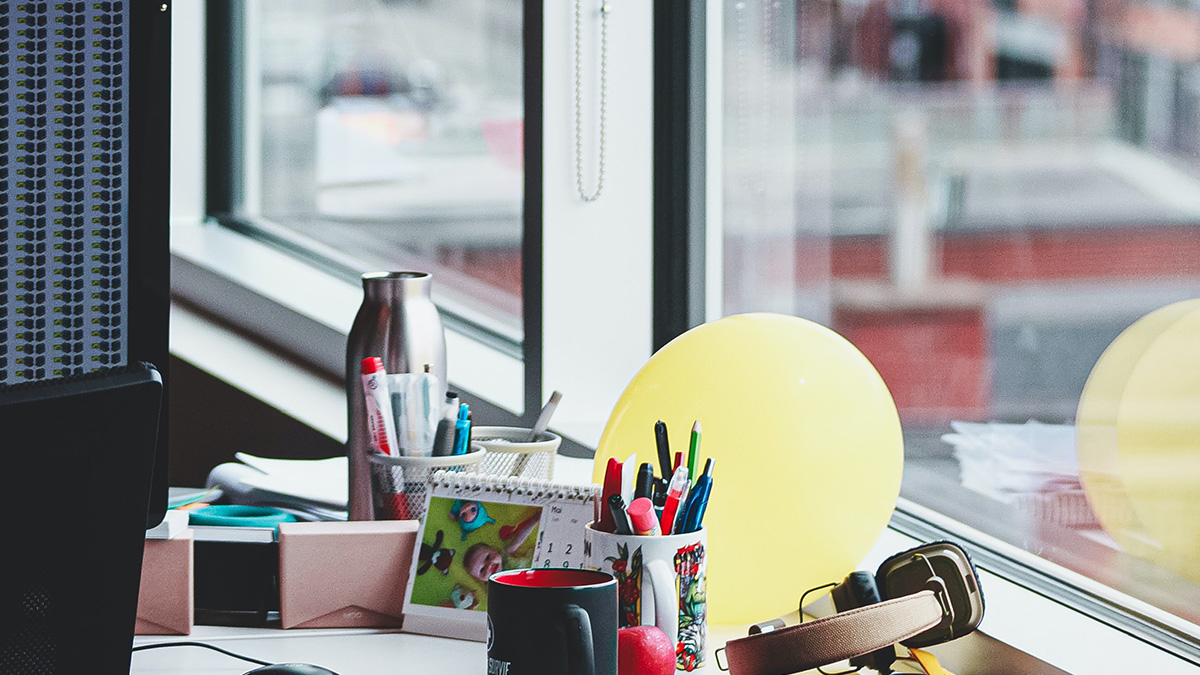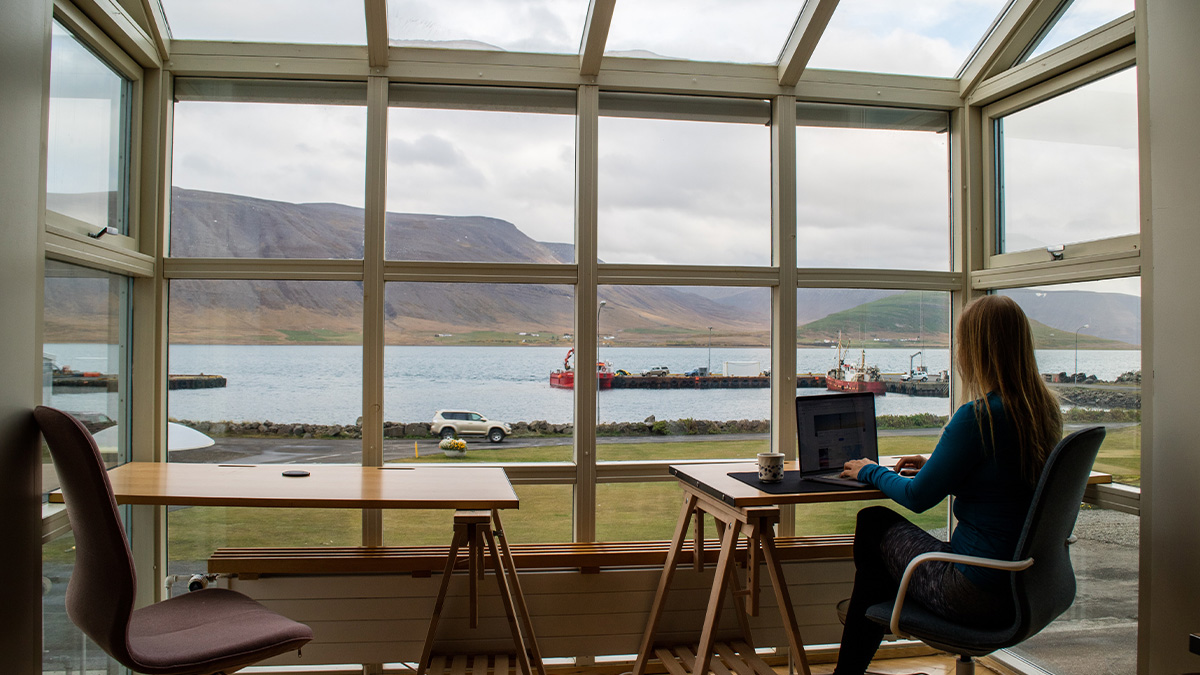This opened a world of new possibilities for the way the office works, how workers manage their lives and how and where they engage with others in the community. As we develop our new normal in a post-pandemic world, a key thought arises. I wonder how this will change space and connection in the world, particularly at home, in the office, in our cities and in the suburbs.

Changes to Our Home Space
With more people working remotely, spaces at home are being reevaluated for their purpose and use. The spare bedroom (in some cases, the cupboard) becomes the new office. If there are kids in the household, privacy and sound considerations are paramount (even after they return to school). Desk space is now becoming a permanent fixture in living arrangement plans.
Some people now seek alternate and often upsized living arrangements as they anticipate elements of working at home remaining in their lives. As the traditional office becomes less anchored by location, workers are broadening their search for new homes. A hybrid working arrangement allows them to consider locations previously unfeasible when commuting five days a week, but viable when commuting less than three days a week.
Workers recognise that they should be compensated for their workspace becoming part of their home. The equipment, space and technology required for work may lead to greater calls for organisations to subsidise workspaces at home as it becomes an extension of the office.

Changes to Our Office Space
Offices are becoming places of collaboration. One of the most popular approaches to work being adopted is a hybrid arrangement where workers split their time between home and the office. This creates a focus for collaborative work completed at the office and individual work completed at home. This approach influences how offices are set up, where offices could downsize (as not everyone is in at once) or could evolve to have more meeting spaces for collaborative activities.
Excess office space could be repurposed for new opportunities. One idea I have heard is converting these offices to aged care facilities. These spaces are usually located near amenities and are convenient, giving accessible locations to those who will benefit from them.

Changes to Our Cities and Central Business Districts (CBDs)
With less commuting during COVID-19, cities have lost their energy and vitality. As the return to the office intensifies, more people are coming back to business districts in the city, but it is still not close to pre-pandemic levels. For instance, city foot traffic in Melbourne, Australia’s CBD is slowly increasing, but is still only around 40% of what it was before COVID-19. The busiest days for foot traffic have changed from Mondays and Fridays to Tuesdays, Wednesdays and Thursdays.*
This change in worker behaviour affects not only the office space but the retail experience around offices. For example, cafés relying on workers for lunch sales will not have the same patronage as before. Employees are not in the office as much on Fridays, so Friday night drinks with coworkers have fallen to the wayside.. The flow of effect could change the fibre of cities and CBDs. A new version of these areas may not be as dynamic as they were before due to a reduced number of people using these spaces during the week.
Changes to Our Suburbs
With most workers residing in built up urban areas around the city, working from home is transferring some of the city’s previous activity into the local suburban landscape. For instance, cafés in the city may struggle with patronage but suburban cafes could see growth as workers still want their coffees and lunches. This also spreads out the capacity of local cafés that were much more reliant on weekends for revenue.
When selecting where to live, workers look to both convenience and community, with the idea of the 20-minute neighbourhood becoming more important. This idea states that everything you need on a regular basis is within 20 minutes of home. As workers connect less in the city, the role of their local community becomes stronger. Networks are created on shared location and not just shared (work) expertise. These networks become richer for the range of perspectives offered. Shaping the evolution of suburbs to incorporate intangible and tangible aspects of greater connection and convenience relies on the development of both formal and informal social structures.

The Evolution of Space as We Find Our New Normal
From a personal perspective, the space around me has changed physically and figuratively. I am much more aware of my space, how I exist in it, what it means to me and how to make it work better for me. When you reflect on how space exists in your life, here are a few questions to guide your thoughts:
- How has your use of space changed over the past year?
- How do you think it will evolve in the future?
- Moving forward, what do you want from the spaces you use?
There are both upsides and downsides to reframing our space during COVID-19. It will be interesting to see what remains and what changes for our homes, offices, cities and CBDs and suburbs as norms around work and our use of space evolves.
* FYI, Australia is an interesting example because with strict border controls, lockdown directives and contact tracing protocols, the virus has been minimised and life is relatively normal, barring occasional community flare-ups. Interestingly, many workers and organisations are not in a hurry to return to daily 100% office capacity, nor do workers want to use public transport.

